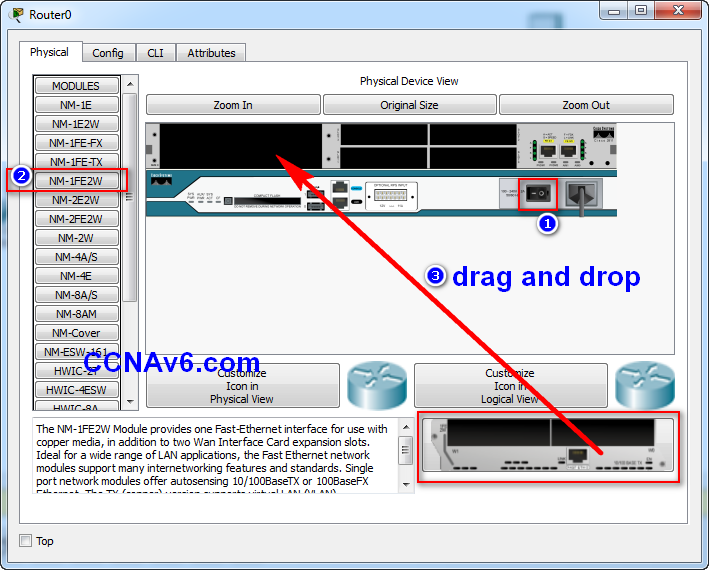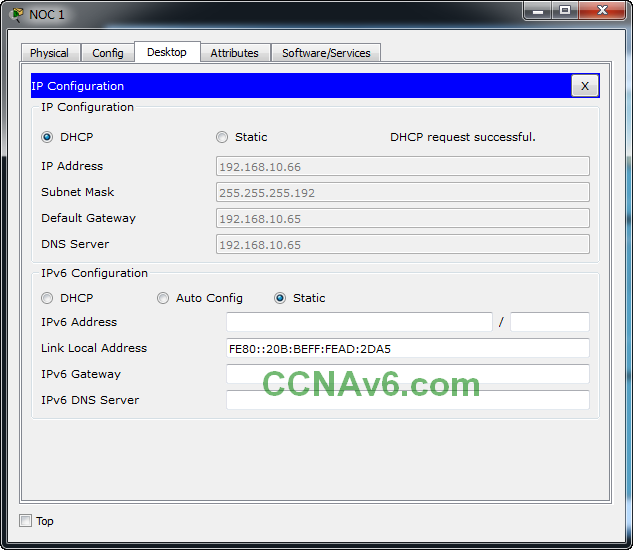SUBNETTING A NETWORK
A sub network or subnet is a logical subdivision of an IP network. The practice of dividing a network into two or more networks is called sub netting.
Sub netting offers many advantages. Some of them are.
1. It provides security to the network.
2. Speeds up the network thus improving the performance of the network.
3. It allows for better organization of the resources.
Understanding sub netting is very important not only for those preparing for CCNA exam but also network administrators. Today, Let us see how to create a subnet in a network.
Imagine I formed a small software company named Shunya whose network looks like below. I hired one Java Developer (JD), one software tester, one HR and one network administrator. I have been assigned the IP address range from 192.168.10.1 to 192.168.10.255.

I have enabled DHCP on my router as below.


After one year, imagine my company has received Abrahamic blessings from GOD and has seen rapid growth. Now the company has three Java Developers, three software testers and a dedicated HR team. Not only that, my company now has moved into Remote Infrastructure Management( RIM) and has a Network Operation Center (NOC) and Security Operation Center (SOC). Totally I have 15 computers in my network which looks like below.

Now see the image below. Here the machine “JD1” sends a packet to machine “Testing3”. We can see here that for communication between machines “JD1: and “Testing3” other machines have also been disturbed. See, this affects the performance of the network.

So for this reason, I decided to subnet the network. I decide to divide the network into three subnets as shown below each for HR, Java Development and OC departments.



To create a subnet, first we need to have proper planning as to how many subnets we need and how many we may need in the future. Presently, I need three subnets. The number of subnets should always be calculated in the powers of 2.
2 to the power of 1 = 2
This doesn’t satisfy our requirement as we need three subnets.
2 to the power of 2 = 4
This satisfies our requirement. So we need to take two bits from the host portion of the IP address. 192.168.10.1 to 192.168.10.255 is the address range available to us with subnet mask 255.255.255.0, Writing the subnet mask in the binary notation, it is
11111111 11111111 11111111 00000000
255 255 255 0
The first 24 bits are network bits and the last eight bits are host bits. To create three subnets, we need to take two bits from the host portion of the address as explained above.
11111111 111111111 11111111 11000000
255 255 255 192
Four subnets which can be created from the above subnet mask are,
192.168.10.0 to 192.168.10.63 ( with host bits 00000000 )
192.168.10.64 to 192.168.10.127 ( with host bits 01000000 )
192.168.10.128 to 192.168.10.191 ( with host bits 10000000 )
192.168.10.192 to 192.168.10.255 ( with host bits 11000000 )
Since we require only three subnets, we will create the first three subnets. The first subnet ( 192.168.10.1 to 192.168.10.63 ) comprises of Java Developers and Software testers. The commands are as shown below on the interface.
Router(config)#int fa 0/0 Router(config-if)#ip add 192.168.10.1 255.255.255.192 Router(config-if)#no shut Router(config-if)#ip dhcp pool net1 Router(dhcp-config)#network 192.168.10.0 255.255.255.192 Router(dhcp-config)#dns-server 192.168.10.1 Router(dhcp-config)#default-router 192.168.10.1 Router(dhcp-config)#exit
If you go to any machine on this subnet and look at its IP address, it will be like below.

Now the subnet for the Human Resource Department ( 192.168.10.128 to 192.168.10.191 ) . This will be like below.
Router(config)#int fa 1/0 Router(config-if)#ip add 192.168.10.129 255.255.255.192 Router(config-if)#no shut Router(config-if)#ip dhcp pool net2 Router(dhcp-config)#network 192.168.10.128 255.255.255.192 Router(dhcp-config)#dns-server 192.168.10.129 Router(dhcp-config)#default-router 192.168.10.129 Router(dhcp-config)#exit

The third subnet (192.168.10.64 to 192.168.10.127) comprises of NOC and SOC.
Router(config)#int fa 0/1 Router(config-if)#ip add 192.168.10.65 255.255.255.192 Router(config-if)#no shut Router(config-if)#ip dhcp pool net3 Router(dhcp-config)#network 192.168.10.64 255.255.255.192 Router(dhcp-config)#dns-server 192.168.10.65 Router(dhcp-config)#default-router 192.168.10.65 Router(dhcp-config)#exit

Now our network has been successfully subnetted into three subnets and we still have another subnet to use for future use.




switch only forwards one port; why is the image below forwarding all ports (like the hub)?
ah happy to seee this and learn much as we know how to apply cisco tracer subnetting